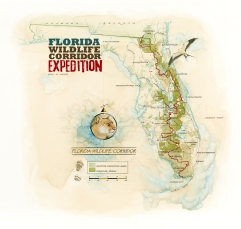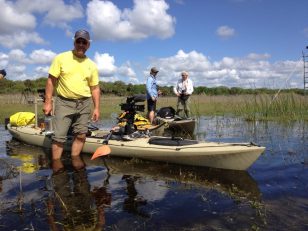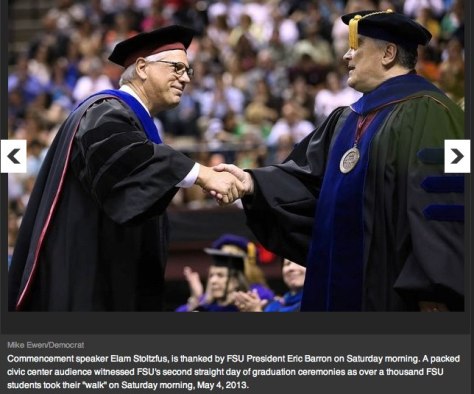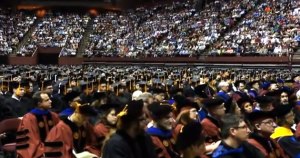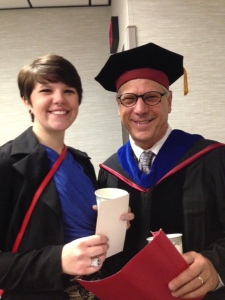By Elam Stoltzfus
5/20/14
If the pithy saying “a picture is worth a thousand words” is true, then how much is a video clip worth?
Most broadcast video clips have 30 frames a second. That is 30 pictures a second. That one second of video is worth 30,000 words. Multiply that by a minute. A minute of video is worth 180,000 words.
And this is if we are just talking about silent video! We haven’t even added music, audio, or natural sound. How much is a video clip worth? It is one of the richest mediums humans have to tell stories: pictures, words, music, audio all come together in one place. If a picture is worth a thousand words, then an hour of video is worth the entire Encyclopedia Britannica.

This year has been thirty years since I picked up a video camera. During that time I have shot both professional broadcast video and film. Having a career in broadcast has been a thrill, a great opportunity to meet wonderful people, a ticket to travel the country , and the chance to document a collection of fascinating stories. Each story has an emotional connection revealing heartaches, celebrated victories, exciting thrills, human interest, animal behaviors and much more.
Putting a camera on my shoulder (especially a heavy broadcast camera) was a free ticket to concerts and sports event with a front row seat—and sometimes a back stage pass (literally).



When I picked the first video camera up in 1984, it was a game-changer for me. Before I had documented the world around me with a still camera. Video is no longer just images—it is synthesizing many things into one. With video you put together music, sound, photography, and stories into one unified piece. I soon realized that it is a medium that influences millions and millions of people. Film media has a long history, it is very influential. Film production is a challenging art form because of the multiple disciplines used to create a story.
With film-making you have to know a little bit of something about many things. In my role as an independent producer and film-maker I have to be a jack-of-all-trades.
From the visual side I have to know the composition. Not just static compositions, but moving images. When does an image start, when does the image end? And then not just one image, but multiple images because you have to edit it together the collection of compositions. How are you going to tell your story to your audience? One of the theories of good composition is clues you give to your audience and if you adhere to this structure, this is one of the first things you want to share with your audience.
An example would be to feature a homestead in the film. First, give the audience the setting of the place. Where are we? What does the house look like? Is it in the country? Is it in the city? Decide what composition best tells that story: Is it a wide shot? Giving your audience a wide shot first establishes the setting, but you really can’t engage in the conversation if the scene has people. You would want to do a medium shot, get the audience closer and then do some close-ups. Perhaps you have an argument. You would want to do some quick-cuts, you want to do some close-ups. It is taking the audience, engaging them in the conversation, pushing the viewer forward and keep pushing them and, in a way, you are pushing someone into somebody else’s face and forcing them to experience this emotion. Compositions that captures emotions.
Then you have music. Music is what allows your emotions to ebb and flow. The ups and the downs. The sweetness, the sour. The love scenes, the anger. Music is that bed that flows and ties it all together. You have natural ambient sounds, you have voices. What kind of voices are you using? Low bass voices, the sound of God, versus sweet-sounding female voices that are enticing and nurturing.
Then you have a script—that is the words. Who is writing this? How are these words woven together to tie in with the emotions and what do you want people to know? What don’t you want them to know? What age group is your audience? What is your target? Who are you trying to reach? You have many, many elements, structures and mediums all coming together. Then on top of all that you put this piece together and then you have an opportunity to broadcast the story to the world. Think about this…. here is the story you worked on and it is being shared with millions and millions of people! Sometimes they are all watching this piece of art all at the same time. Now is that amazing or what?
Here we are in 2014 with so many new opportunities with the media. We have social media, cable, distribution in ways that we never imagined 10 and 20 years ago. Many new stories and more opportunities are available to educate our world.The world is more intense, and it is going faster and faster and it is becoming smaller and smaller. And we need more material, we need more visual content and we have it everywhere!
But where do all these ideas start? The idea starts in your brain. It’s those lightbulb moments; emotionally-charged memories that inspire us to create. We have so many media tools and methods and opportunities to birth these ideas. That’s why the art of film-making is so important.
So, if you want to make a movie—go and make a movie! Capture your ideas, share your story with the world. The world will be a better place with your story. Tell a story using video worth millions and billions of words. The world will be richer for it.















